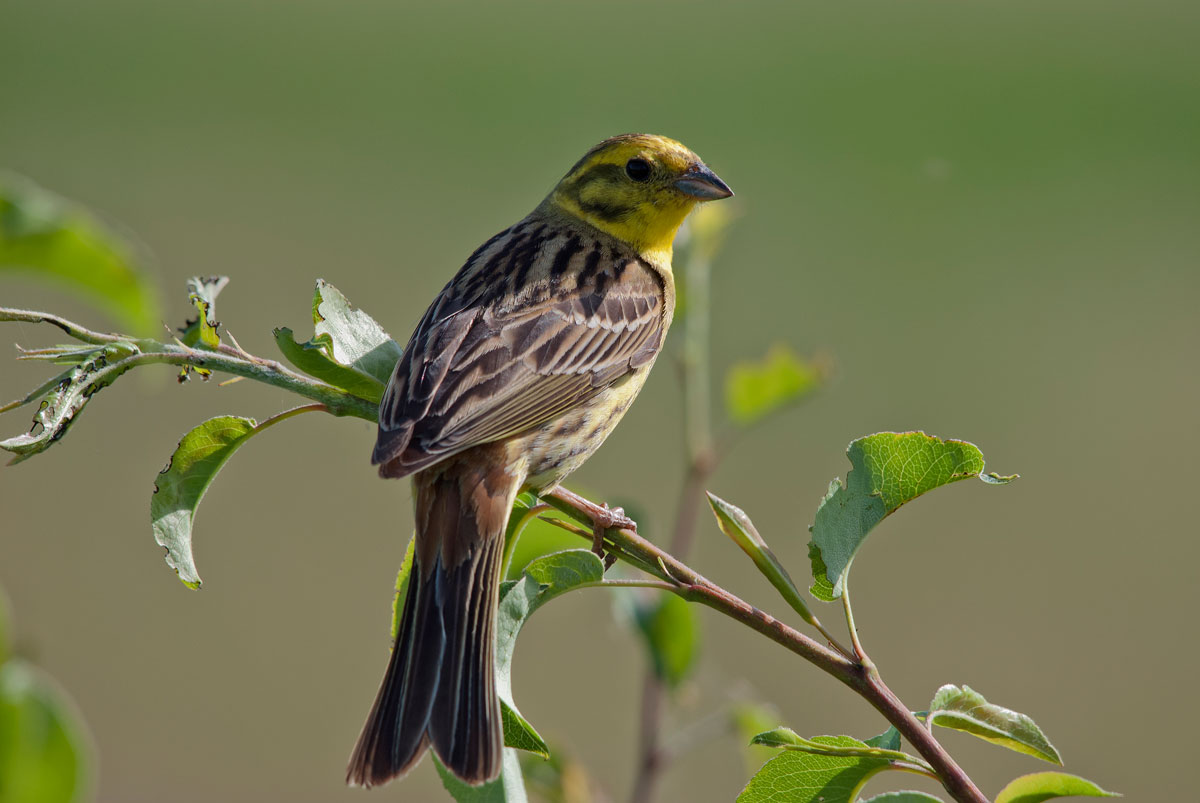Emberiza citrinella
Habitat
The yellowhammer prefers a mixed farming landscape with well-managed hedgerows and scrub. In winter they favour winter stubbles, natural regeneration, game cover, livestock farmyards and feeding stations where grain cleanings have been left out for finches, sparrows and buntings.
Food
Adults feed on a wide range of plant seeds. These include dead nettles, groundsel, sorrel, cereal grains, millet and annual plant weed seeds foraged from stubble fields. They will feed on spill from game hoppers and will also take insects in the breeding season. Chicks are dependent upon insects for the first week of life.
Nesting
Yellowhammers nest on or close to the ground in short (less than 2 metres), dense hedgerow, field margins with long grass, scrub and woodland edges. They particularly favour dense hedges next to ditches, avoiding woodland. Yellowhammers will breed from early spring through to late August, this makes them susceptible to early hedge trimming during/immediately after harvest.
Song/Call
“Si-si-si-si-suu”- Has a variety of stifulled, short, clicking calls, along with a run of 5-8 repeated short notes, the last note often ending higher than the others.
Beneficial Management
- Aim to ensure a year-round source of food. This can be done with field margins, winter stubbles and wild bird-seed crops provide winter seeds for adults. Field margins, fallow and unimproved grasslands provide rich insect foraging areas for chick food. Consider supplementary feeding in late winter and early spring
- Where possible, adopt a range of trimming styles and hedge types around the farm. Maintain some hedges as short, dense features, and allow others to develop into taller, untrimmed features.
- Consider establishing extended field margins around arable fields. Not only will this provide additional habitat, it will also allow more sympathetic timing of hedge cutting.
Download and print
(opens in a new tab)”>Download as PDF to print >

